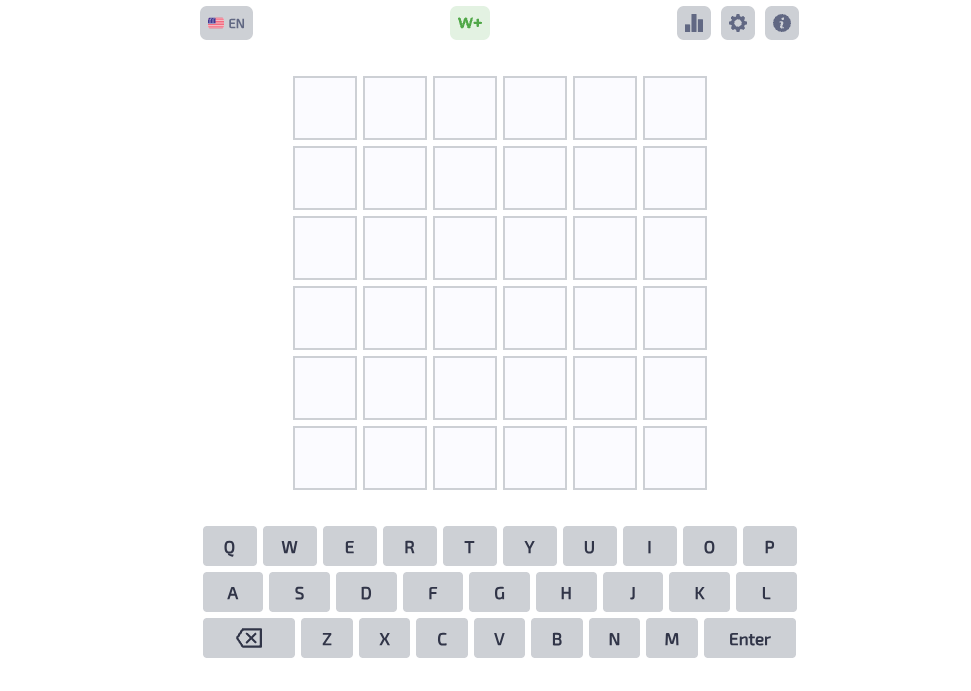Play Pips NYT in Your Browser
Keep exploring
Keep the momentum going with more arena racers, action trials, and puzzle standouts.

Guess smarter with crisp color feedback

Hit the rhythm and break the tape

Play Cat and Granny Right Now — Free in Your Browser

Rocket-Packed Kart Battles in Your Browser

Ride, balance, and stunt nonstop

Fireboy and Watergirl: Ice Temple

Bounce through candy-colored levels with precision

Sneak, swipe, and stash the Brainrot

BLOODMONEY2 — Keep Harvey Compliant, Decode the Ledger

Jump into Level Devil 2 in your browser
Master Domino Logic, One Grid at a Time
Turn dominoes into a daily deduction ritual
Pips NYT turns classic domino intuition into a crisp logic workout you can finish with coffee in hand. Each puzzle frames a tidy grid with numbered hints around the edges, and those numbers tell you exactly how many pip halves must live inside the bordering rows and columns. Your job in Pips NYT is to place every domino so all pips pair up, all counts match, and the board clicks into a single elegant solution. Where Sudoku leans on digit placement, and Nonograms rely on paint-by-number runs, Pips NYT asks you to think in connected pairs—two halves that must meet, never overlap, and never float alone.
You start with a blank canvas and a tray of domino tiles, each showing two values. In Pips NYT, a placed tile covers two adjacent squares—up/down or left/right. If a clue says “4,” it’s hinting that four pip halves must be seen in that line’s interior; if it says “0,” no dots belong there at all. These tight constraints are the heartbeat of Pips NYT. They narrow options, force trade-offs, and reward patient scanning. With each correct placement, you learn something about the neighbors. With each discarded candidate, you tighten your net. The feeling when a stubborn sector finally yields is unmistakable: a little pop of delight that keeps you coming back to Pips NYT.
How the flow clicks into place
Open a board, scan the perimeter, and circle the extremes. Zeros are freebies in Pips NYT: if a border shows 0, no pips can sit in those cells, so you immediately eliminate any tile faces that would intrude. Likewise, maximum counts imply heavy occupation, telegraphing where full pip clusters must land. As you place a domino in Pips NYT, you also consume two squares that cannot be reused; that fact alone curbs branching chaos. Think of the grid as a set of lanes; dots need lanes, and lanes with the wrong count must stay empty. The more you align these truths, the fewer branches you need to explore.
Domino logic has another twist: adjacency and pairing. In Pips NYT, every pip face needs its partner. A stray “five” cannot dangle without a neighboring half. That rule often locks down corridors—if a corridor’s remaining capacity is small, certain tiles physically cannot squeeze in. This is where marking pencil candidates helps. Jot small notes, test an assumption, and if a contradiction appears—an overfilled count, an orphaned pip—you know to back out. The best solvers of Pips NYT don’t rush; they prune with confidence and let the puzzle collapse in their direction.
Starter playbook for reliable progress
1) Attack 0s and max counts first. In Pips NYT, borders that forbid pips or demand many pips carve out the search space. Clear the obvious, and the subtle becomes visible.
2) Track remaining capacity. Keep a rolling tally: how many pip halves still fit in each line? In Pips NYT, that budget number is a compass; if a row shows “3” and you’ve already placed two halves, you know the last one must sit in a specific window.
3) Respect shape pressure. Dominoes in Pips NYT come as two-cell bars. Tight corners, parity quirks, and choke points often decide orientation before values do. If a hole of one cell remains, something earlier went wrong.
4) Pencil liberally, commit sparingly. Annotate potential homes for 1–1, 2–3, or 4–6 couples in Pips NYT. When notes collide—two candidates claim the same slot—re-evaluate counts and prune.
Mid-game tactics that separate clean wins from messy ones
As boards grow, so do deductions. Look for near-full lines in Pips NYT where only one or two halves remain unfixed; place those first. Scan for parity: dominos always occupy cells in pairs, so checkerboard patterns in Pips NYT can reveal which color squares must host dots. Another strong tell is symmetry: if two mirrored regions share identical clues, they often resolve with parallel shapes—exploit that expectation, then verify counts so Pips NYT doesn’t lure you into a false mirror.
When stuck, imagine removing a candidate tile and project consequences two or three steps. In Pips NYT, small hypotheticals quickly expose contradictions—an overstuffed column, a line starved of dots, or an isolated half that cannot pair. The moment you catch such a dead end, erase that branch and celebrate: you’ve learned something the puzzle meant to teach. This lightweight backtracking is not guesswork; it’s proof-by-contradiction, a perfectly valid tool in Pips NYT that feels rigorous rather than random.
Common mistakes to avoid
Overlooking the edges. Players sometimes get enamored with the center and forget that Pips NYT literally prints the most potent clues along the border. Re-read them often.
Ignoring partner requirements. Every dot needs a mate in Pips NYT. If you place a 6 next to a cell that can never accept a 6’s partner face, you’ve planted a contradiction.
Forcing orientation. A vertical hunch can blind you to an obvious horizontal fit. Rotate mentally in Pips NYT before you commit.
Neglecting budgets. If a line is already at its quota in Pips NYT, stop adding dots there—any tempting candidate must be wrong.
Why this puzzle fits your day
Length scales to mood. A bite-sized board in Pips NYT can finish in minutes; beefier layouts reward sustained focus without feeling unfair. Mechanics are tactile—drag, drop, and confirm—so the loop stays meditative. The satisfaction curve is steep: the first few clears of Pips NYT teach fundamentals, the next dozen sharpen instincts, and soon you’ll spot patterns at a glance. The daily cadence helps too; a new challenge lands every morning, and the archive lets you binge when you want more Pips NYT.
Accessibility and pacing
Clues are visual and numeric, so color is not required to succeed in Pips NYT. The grid’s consistent geometry reduces cognitive load; you only juggle counts, adjacency, and pairing. Undo is your friend—use it freely in Pips NYT to maintain flow. If anxiety spikes, step back and do a perimeter sweep. Fresh eyes often resolve what stubborn effort in Pips NYT could not.
Who will love it
If you enjoy Sudoku, Nonograms, Kakuro, or Slitherlink, Pips NYT lands right in your wheelhouse—logical, deterministic, and crisp. Fans of dominoes will appreciate how the essence of the set lives on in Pips NYT as a pairing dance rather than a trick-taking duel. If you prefer puzzles that reward method over luck, Pips NYT belongs on your daily list.
Final nudge
Warm up with a small grid, lead with extremes, track budgets, and let placements prove themselves. With a few sessions, Pips NYT stops feeling mysterious and starts feeling inevitable—each click tightening the weave until the last pip pairs and the board shines. Make Pips NYT your clean mental reset between tasks, and watch your deduction skills compound day by day.
Play Pips NYT in Your Browser is ready to play
Solve numbered-edge domino grids in Pips NYT. Drag, rotate, and lock pieces to satisfy regional pip counts, sharpen deduction skills, and enjoy a fresh daily challenge.
Share Play Pips NYT in Your Browser
Spread the word, invite friends, or bookmark this page to revisit the story whenever you need it.